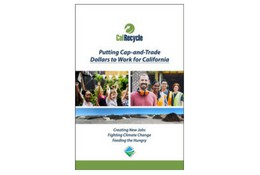Recycle Organics
You can help California meet SB 1383 goals by setting up a home compost system and recycling at home, using worms to compost, or joining your neighbors and co-workers in a community composting project. One of the most powerful things you can do to help California adapt to a changing climate is to use compost and mulch produced in California to sequester carbon in the soil.
CalRecycle is helping build at 21st-century organics infrastructure that will provide jobs, protect the environment, and put organic waste back to work growing food and building healthy soil. You can learn more about CalRecycle’s investments in organics management facilities at our Organics Grant Program page.
Organic Waste Prevention at Home

Food Waste Prevention
Plan your meals for the week before you go shop-ping and buy only the items needed to prepare those meals. By making a shopping list with weekly meals in mind, you can save money and prevent food waste.
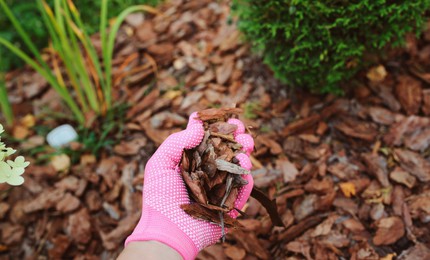
Landscape Waste Prevention
Drought tolerant and sustainable landscaping practices save water, reduce garden waste, and take less work, saving you time and money.
Compost and Mulch
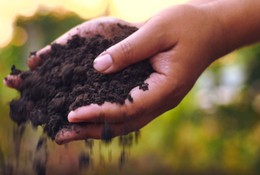
What is Compost and Mulch
Learn the difference between compost and mulch and how to use these valuable soil products in your yard.
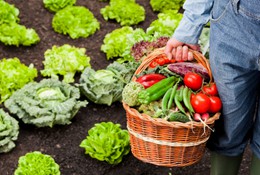
Benefits of Compost
Compost is an enriching soil amendment that increases soil health and water-holding capacity. Compost also helps with water conservation and erosion control and decreases greenhouse gas emissions through carbon sequestration.
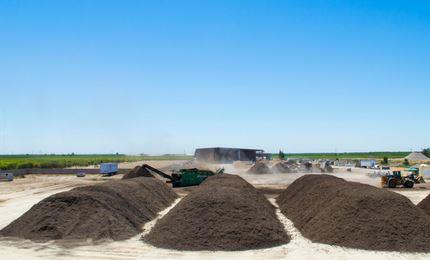
Find a Compost Facility Near You
Biocycle is the leading voice of the composting community. Find a composter near you in California or anywhere in the country.
Composting at Home
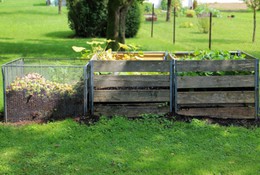
Home Composting
Mix your food waste with leaves, twigs, wood chips, saw-dust, dried/dead plants, and uncoated paper or cardboard to make a rich soil amendment in your backyard.
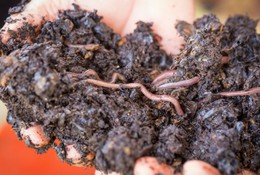
Vermicomposting
Vermicomposting is the practice of using worms to break down organic material, including food scraps. The resulting material is a mix of worm castings (worm manure) and decomposed food scraps.
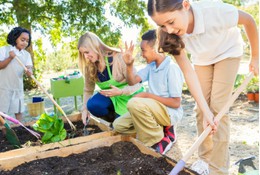
Community-Scale Composting
Community-scale composting programs can help increase local resilience, build sustainability awareness, and provide quality soil amendments for local use.
Residential Organics Recycling Collection
In September 2016, Governor Brown signed SB 1383 (Lara, Chapter 395, Statutes of 2016), which established targets to achieve a 50 percent reduction of the statewide disposal of organic waste from the 2014 level by 2020 and a 75 percent reduction by 2025. While some communities already have curbside organics collection service—including food waste collection—additional communities will implement organics collection programs to meet these goals.
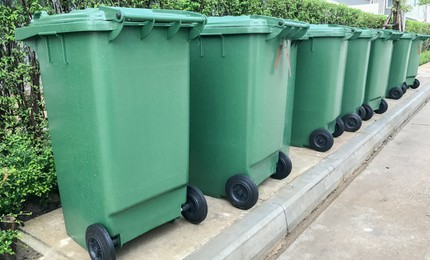
Landfilled Waste Contributes to Climate Change
Publications
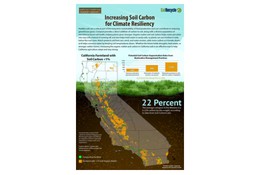
Increasing Soil Carbon for Climate Resiliency
Healthy soils are a critical part of the long-term sustainability of food production and can contribute to reducing greenhouse gases.
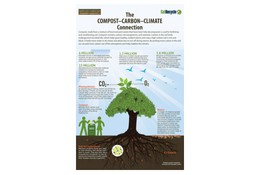
The Compost-Carbon-Climate Connection
Learn more about the connection between compost, carbon, and climate change.
Putting Cap-and-Trade Dollars to Work for California
Learn more about CalRecycle’s investments in organics management infrastructure throughout the state.
For more information contact, the Office of Public Affairs, opa@calrecycle.ca.gov


